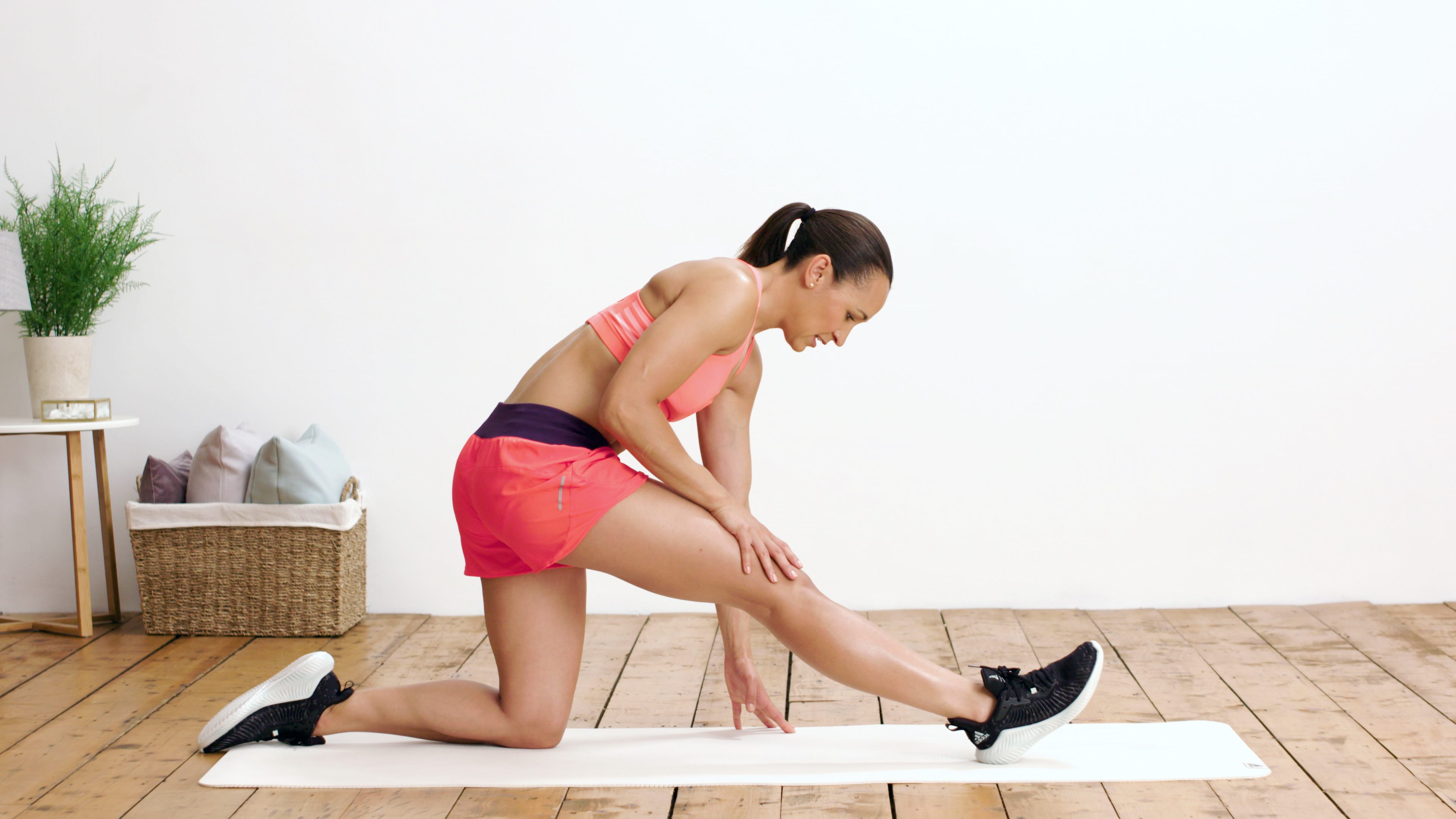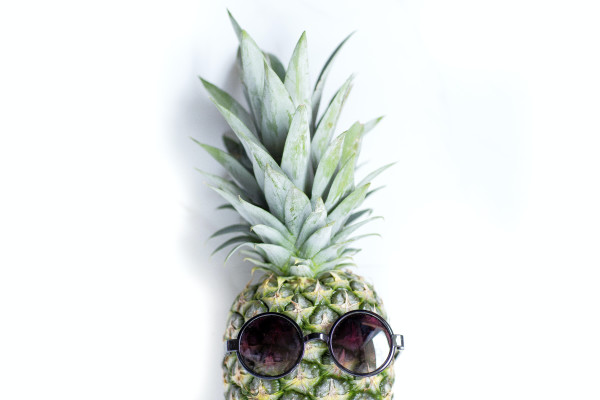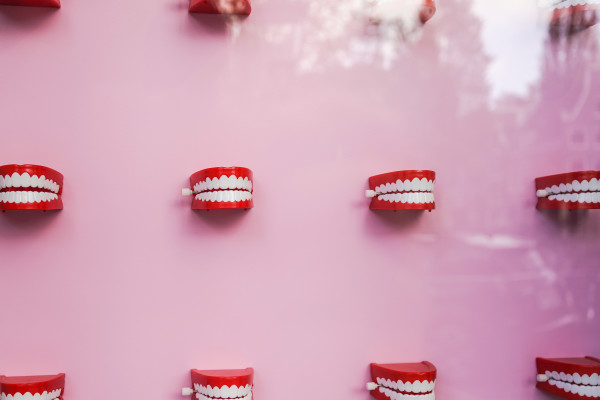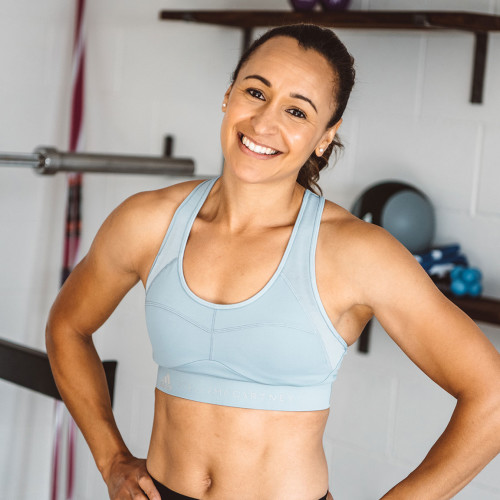Are achy muscles (DOMS) a good thing?
3 years ago
Training3 years ago
Training
Tough workouts cause achy muscles, also known as DOMS, but are these a good thing? Jessica Ennis-Hill gives the lowdown about Delayed Onset Muscle Soreness…
If you ever feel stiff and achy when you walk downstairs the morning after one of Jessica Ennis-Hill's Jennis workouts, then don’t despair. "You have Delayed Onset Muscle Soreness, or DOMS as they call it on the athletics circuit," says Jess. "And, as strange as it may sound, it’s a good sign that you’re helping yourself get fitter."
Delayed Onset Muscle Soreness — DOMS — is the muscular pain you get 24-48 hours after high-intensity physical exercise and is actually part of the muscle-building process.
People often blame the stiffness on a build-up of lactic acid, but this isn’t actually true. Instead, DOMS is most likely to be a result of microtrauma to the muscles. An American doctor, Dr Theodore Hough, first described DOMS over a hundred years ago as being the result of ruptures within muscle fibres. This may sound terrifying, but it’s actually a good thing.
"Training and exercise create micro-tears in your muscles, and it’s the repair process that makes them stronger," explains Jessica Ennis-Hill. "This means you should embrace DOMS because it shows that you’re challenging your body to get fitter.
"The good news is that the soreness associated with DOMS will reduce as your muscles get used to the physical demands you put on them, which is why I created the Jennis Fitness circuits with three levels – so you can keep challenging yourself as you get fitter."
DOMS shows that your fitness is progressing
It usually starts in the 24 hours after your workout, and peaks about 48 hours later. "When the feeling starts, your temporarily overworked muscles are flooded with white blood cells after exercise, which are working frantically to repair soreness, which in turn causes temporary inflammation," says Jess. "Once the repair process has completed, normally within that time frame, the red blood cells move off for a cuppa and the inflammation, and the pain, recede."
Being told that DOMS is all part of the fitness process might be cold comfort if the thought of getting off the sofa makes you cry. So, can you do anything to reduce the pain? The answer is, yes you can!
"Once you’ve finished your circuits, give your muscles some love: Epsom salts dissolved into a bath can work wonders because they are rich in magnesium sulphate, which is helpful in easing muscle soreness and inflammation," advises Jess.
"Rest is really important and if you’re feeling really sore, you don’t want to push yourself too hard the next day because your body will be stiff and you might pick up injuries. Because of this, it’s OK to allow your body to rest, recover and rejuvenate. Follow a good recovery regime and you’ll thank yourself the next day!"
Another way to reduce soreness is, strangely enough, to go for a light run or a gentle swim
A professional massage can help alleviate some of the stiffness, but they aren’t cheap.
Luckily, there’s a cheaper, more accessible option — the trusty foam roller.
"Get a foam roller and you’ll be able to use it to soothe the knots and tears in your muscle fibres, encouraging blood flow that will bring all kinds of nutrient goodness to where it’s needed," says Jess. "Go slowly, working each limb in turn."
Here are Jess' top foods to relieve DOMS:
Salmon is rich in inflammation-fighting omega-3 acids and also known to encourage blood flow. Eggs are also a great recovery food as they contain protein which is great for combating muscle soreness and promoting muscle growth. And eggs are so versatile that it is easy to incorporate them into every meal.
Then there are the building blocks of protein – branched-chain amino acids (BCAAs) – that have been proven to help your body recover and grow new muscle as well as reduce DOMS.
Foods high in BCAAs include chicken, cottage cheese, tinned tuna – as well as the those eggs and salmon I already mentioned.
For vegetarians and vegans, there are BCAA powders and supplements that you can mix with water or swallow with a sports drink to get your recovery on track as soon as possible.
 Cycle syncing
Cycle syncing Perimenopause
Perimenopause Perimenopause
Perimenopause Perimenopause
PerimenopauseSign up to learn everything you need to know about CycleMapping, plus how you can live better and feel better through optimising your fitness to you.
This website uses cookies to ensure you get the best experience on our website. Learn more

Sign up for the very latest news on women's fitness, health and hormones, plus be the first to receive exclusive offers and extras